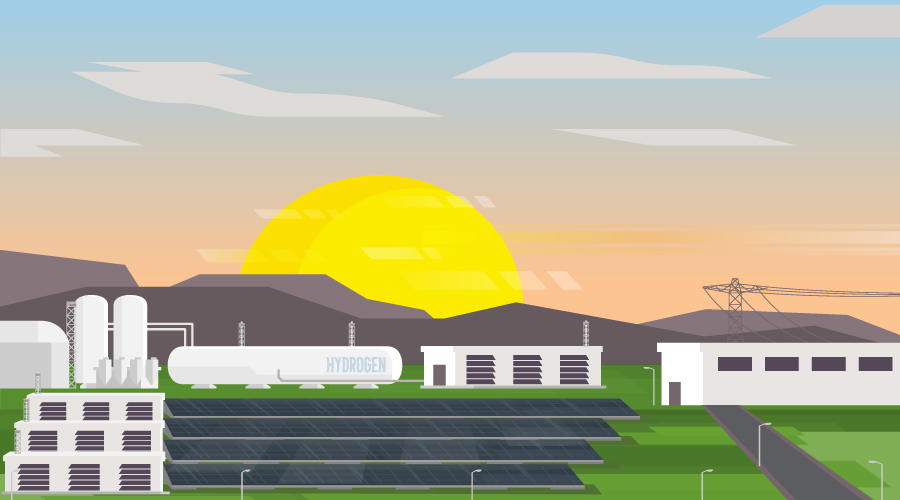Avoiding Stack Losses and Excess Air
Products
Rising energy costs are forcing organizations and management to look in all areas of facilities to improve the efficiency of energy-using systems. Because boiler plants use and waste huge amounts of fuel, managers need to seriously consider maintenance and operations procedures that optimize boiler performance and maximize the organization’s energy investment.
Instead of operating a building by the philosophy of, “If it ain’t broke, don’t fix it,” managers can adopt a more prudent approach: “If it ain’t fixed, you might go broke.”
Energy costs are often the largest life-cycle component of boiler systems, while labor is the second largest annual cost and maintenance costs are third. But the important point to remember is energy costs usually have the largest potential for significant savings.
Stack Loss and Excess Air
Stack losses typically are the largest single energy loss in boiler operations and involve both excess air and stack temperatures. The amount of heat lost will depend on the temperature and volume of gas leaving the boiler.
Obviously, some stack-gas heat losses are unavoidable, but lowering the gas temperature as close to the air temperature surrounding the boiler can improve overall efficiency. Boiler efficiency improves by 1 percent for every 11 degrees a boiler or heater’s makeup water is heated. Also, every 40-degree decrease in stack temperature results in a 1 percent improvement in efficiency.
Boiler efficiency is highly dependent on the excess air rate. So operators should optimize excess air to increase system efficiency. To ensure combustion is complete, they also should provide more combustion air than theoretically is required for boilers. This tactic helps ensure safe boiler operation.
Technicians also should keep excess air levels as low as possible — about 15 percent excess air, equivalent to 3 percent oxygen — to reduce the quantity of air to be heated and exhausted at the stack. As a rule of thumb, boiler efficiency increases 1 percent for every 15 percent reduction in excess air.
Operators should be careful to prevent the excess air rate from dropping too low, since this can result in heavy buildup of carbon monoxide and possibly even smoke. Some burners operate at recommended excess air levels at high firing rates but increase for other firing rates, which results in an efficiency loss.
To correct excess air levels, operators should perform a tune-up at least annually, and in some cases they should do so more often. The tune-up frequency depends on how quickly the controls require adjustment. Oxygen-trim and carbon-monoxide trim controls can adjust automatically and continuously to compensate for variables inherent in the combustion process and improve the control and efficiency of excess air levels.
Burner performance also is critical to boiler efficiency. The burner essentially fixes the fuel and air quantities in proportions that result in flammability and continuous combustion. To provide optimum efficiency, operators should clean and adjust burners as required.
The most efficient burner mixes fuel and air to minimize excess air for the specific firing rate, ideally throughout the turndown ratio of the burner. Excess air tends to increase at lower turndown ratios.
The most common waste in boilers arises from improperly adjusted burners. Undesirable air and fuel adjustments are common over time, due to changes resulting from wear of cams, linkages and pins. The result is a loss in efficiency.
Related Topics:












